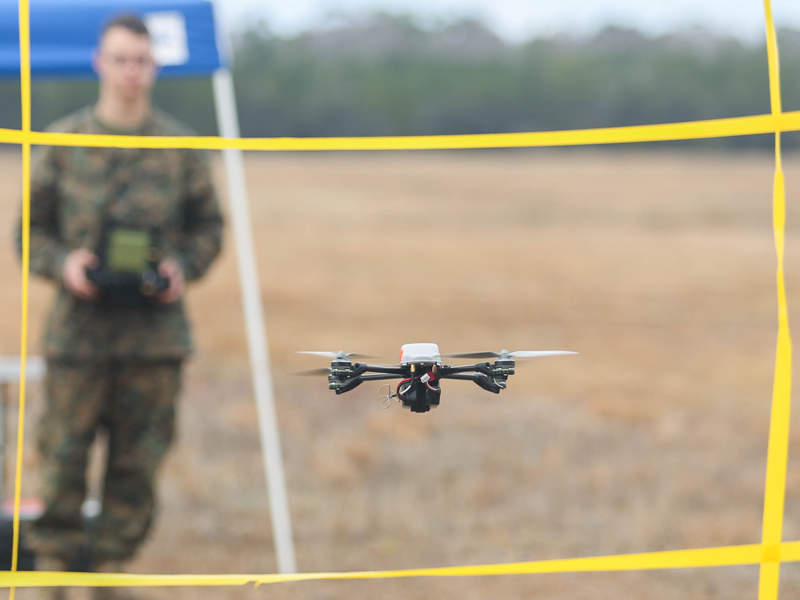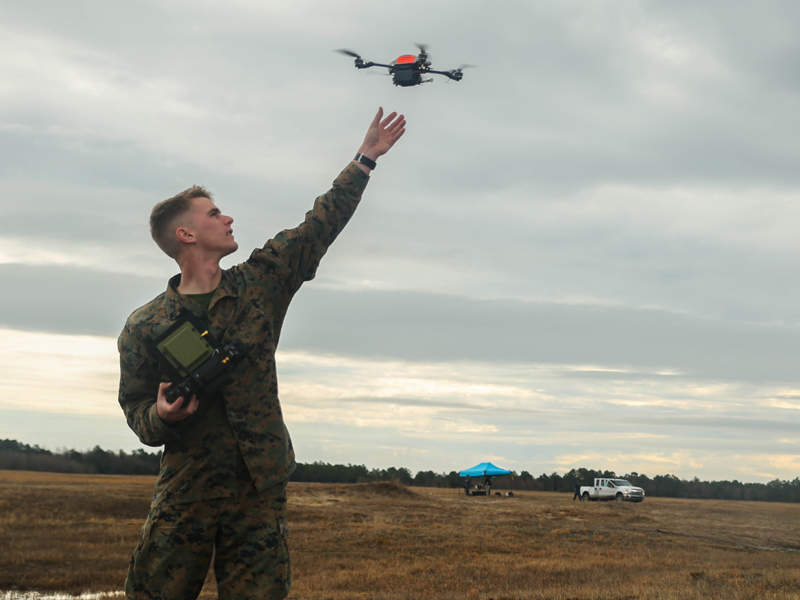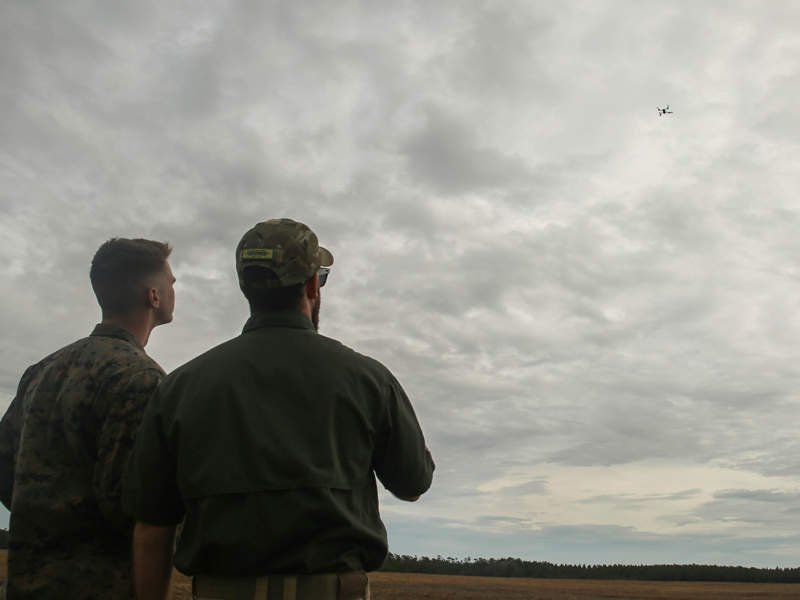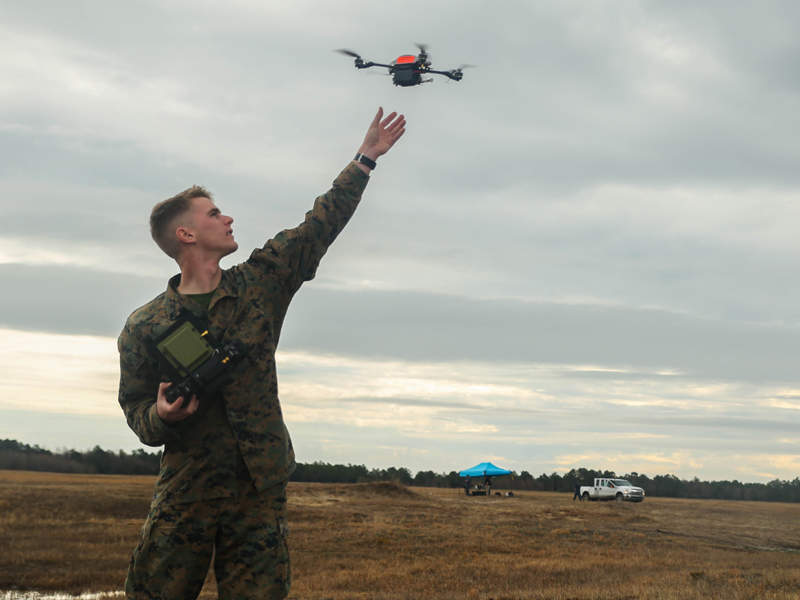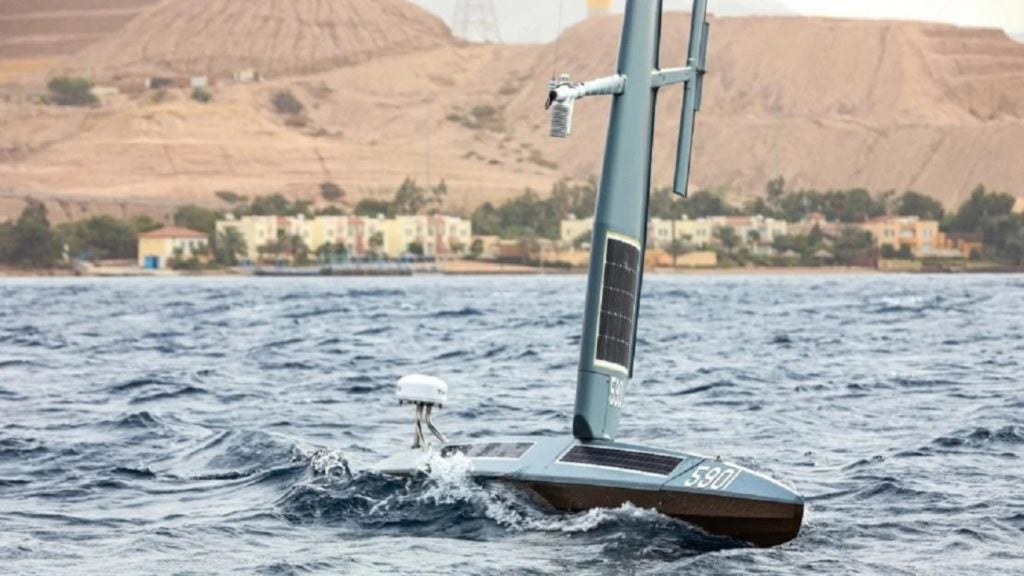InstantEye Mk-2 Gen3 is a small unmanned aerial system (sUAS) operational with the US military and law enforcement agencies. It was developed by InstantEye Robotics, a division of Physical Sciences (PSI).
The sUAS is used to conduct intelligence, surveillance, reconnaissance, monitoring and situational awareness in buildings and other confined areas for military applications. It is also suited for law enforcement, fire-fighting and other commercial purposes.
The InstantEye family of high-performance, low-cost aircraft systems include InstantEye Mk-2 Gen4 and the newest InstantEye Mk-2 Gen5.
InstantEye Mk-2 Gen3 design details
The InstantEye Mk-2 Gen3 system comprises two lightweight small aerial vehicles, a ground control station (GCS), aircraft and GCS batteries, spares kit, one infrared floodlight, one transport case, and an optional field case.
It has a base weight of 545g, and the maximum payload carrying capacity is 300g.
It does not require a runway or manpower assistance for launch and recovery. It is hand launched and can be airborne in less than 30 seconds.
Payload capabilities of InstantEye sUAS
The InstantEye Mk-2 Gen3 aircraft’s plug-and-play payload system provides the operator with multi-mission capability.
In its standard configuration, the sUAS carries three small, gimbaled electro-optic (EO) / infrared (IR) cameras in a gyro-stabilised mount to identify and track objects under all lighting conditions.
An IR floodlight can be fitted underneath the vehicle to create high visibility with infrared illumination in low-light or dark conditions.
The quadcopter can be optionally mounted with a 1-D gimbaled pod with longwave infrared (LWIR) and four EO cameras to provide enhanced day/night imagery.
The sUAS is also capable of carrying external payloads.
Command and control
The InstantEye’s flight can be managed by a single operator using a rugged, all-weather GCS, which weighs 3.4lb. The flight information is displayed in real-time on a sunlight-readable touchscreen display.
The sUAS uses a hybrid communication system, consisting of a digital data link and analogue video link, for data transmission.
The encrypted digital link transmits command and control functions from the GCS to the aircraft, while the video link is used to downlink imagery and video acquired by the payloads. The video link operates over a line of sight range of 2km.
InstantEye Mk-2 Gen3 performance
The InstantEye Mk-2 Gen3 unmanned aircraft is lifted and propelled by four rotors, each fitted with a pair of fixed-pitch propellers.
It can operate at speeds of 56.3km/h and fly up to 3,657m above mean sea level. It can hover for up to 30 minutes based on payload capacity and wind speeds. The vertical climb rate is 600m/min
The sUAS is capable of operating in all weather as well as day or night conditions and can withstand wind speeds of 48km/h.
Orders and deliveries
The InstantEye Mk-2 Gen3 achieved the US Special Operations Command’s (SOCOM) Program of Record (PoR) capability in 2014. The first contract for 48 systems was awarded under the PoR, with an option for an additional 90 units, in February 2016.
A total of 90 systems were delivered to the US Armed Forces in 2016.
The Navy and Marine Corps Small Tactical Unmanned Aircraft Systems Program Office (PMA-263) placed an order for up to 800 InstantEye Mk-2 Gen3 systems for the US Marine Corps (USMC) in February 2018.

